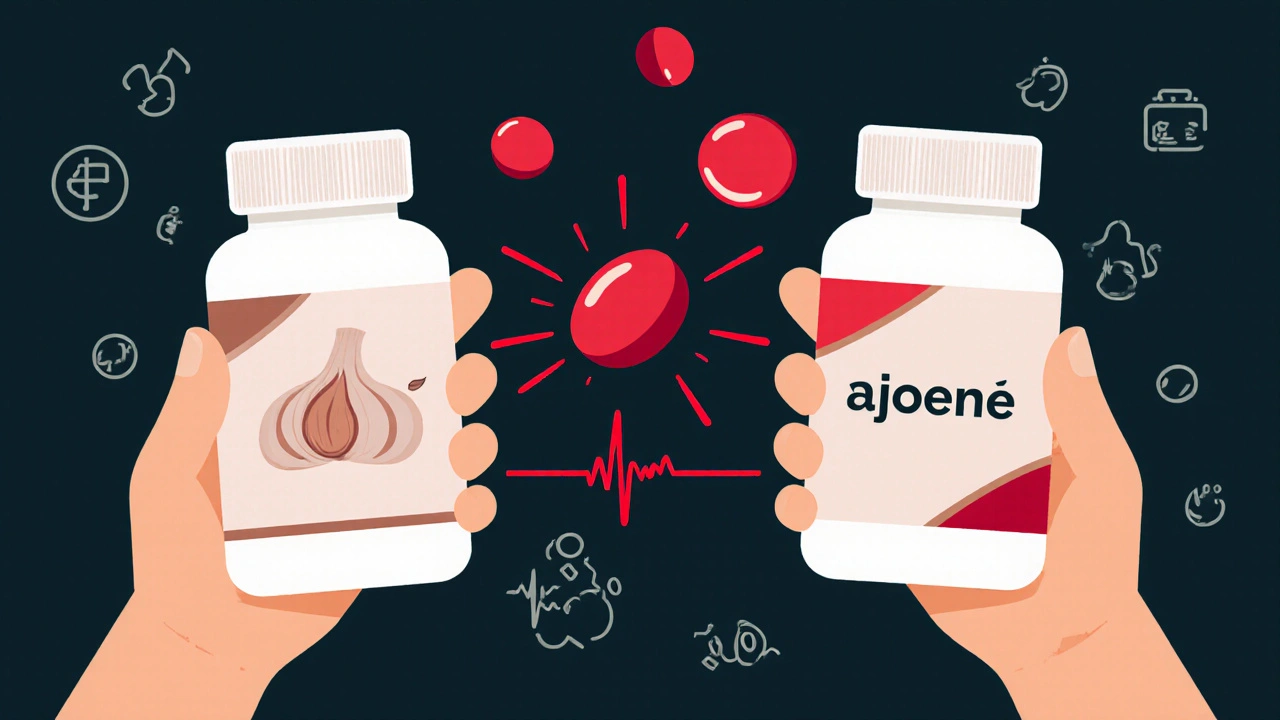Blood Thinners: What They Are, How They Work, and What You Need to Know
When your blood clots too easily, it can lead to strokes, heart attacks, or deadly blockages in your legs or lungs. That’s where blood thinners, medications that reduce your blood’s ability to form clots. Also known as anticoagulants or antiplatelets, they don’t actually make your blood thinner—they just stop it from thickening into dangerous clots. These drugs aren’t optional for people with atrial fibrillation, artificial heart valves, or a history of deep vein thrombosis. Skipping them can be life-threatening. But taking them wrong? That’s just as dangerous.
There are two main types: anticoagulants, like warfarin and rivaroxaban, which slow down the clotting process by targeting specific proteins in your blood, and antiplatelets, like aspirin and clopidogrel, which stop platelets from sticking together. You might be on one, or both. But mixing them with other meds—like NSAIDs, certain antibiotics, or even herbal supplements—can turn a safe dose into a bleeding emergency. People on blood thinners often end up in the ER not because they forgot their pill, but because they took ibuprofen for a headache or started taking ginkgo biloba for memory.
It’s not just about the pills. Your diet matters too. Vitamin K in leafy greens can fight the effect of warfarin, making your INR levels swing wildly. Alcohol? It can make you bleed easier. Even something as simple as a fall or a cut can turn serious if you’re on these drugs. That’s why regular blood tests, careful tracking, and open talks with your doctor aren’t optional—they’re survival tools.
You’ll find posts here that dig into real-world problems: how blood thinners interact with other medications like beta blockers and antibiotics, why weight gain can be a hidden side effect, and what to do when you’re prescribed something new while already on a clot-preventing drug. There’s also advice on managing bleeding risks, spotting warning signs like unusual bruising or dark stools, and how to handle situations like dental work or surgery without stopping your treatment cold. These aren’t theoretical guides—they’re written by people who’ve been there, and they focus on what actually works when your life depends on getting it right.
